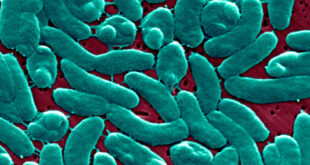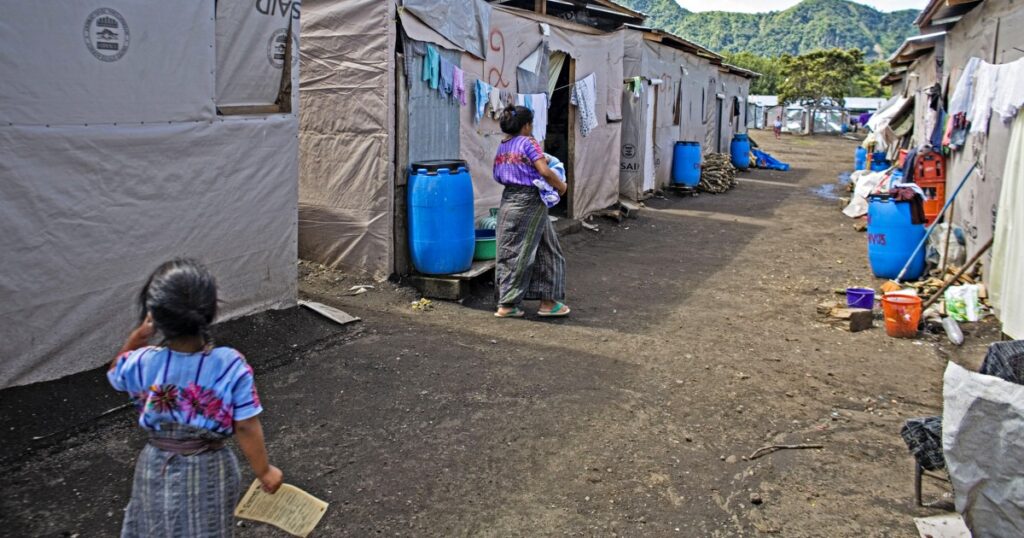
In Malawi, clinics could soon be running out of critical HIV medication, unable to replenish their supply since the Trump administration ordered a freeze to U.S. foreign aid. The pause has halted HIV programs spearheaded by the U.S. Agency for International Development, said one worker, potentially impacting some 142,000 girls and young women who received care from one of the agency’s programs last year alone.
“When you suddenly turn off those programs, I fully expect to see an exponential increase in new HIV infections,” said the USAID worker, who requested anonymity out of fear of retaliation and whose focus was on HIV in women and girls but was laid off last week. “People who have been living with HIV don’t have their medications that keep them virally suppressed so that they don’t pass it on to others.”
It’s just one example of how the United States’ 90-day hold on international aid and attempts this week to dismantle USAID, the country’s international humanitarian and development arm, have led to dire consequences for women and girls around the world.
A federal judge on Friday said he will pause a midnight deadline for USAID to slash its workforce to a few hundred from more than 5,000. U.S. District Judge Carl Nichols, a Trump appointee, said he would be entering a “very limited” temporary restraining order.
Over half a dozen USAID workers told NBC News in interviews before the judge’s order that they are already seeing alarming interruptions in lifesaving care. In addition to maternal and child health, USAID focuses largely on prevention and treatment of HIV, malaria and tuberculosis — diseases that impact women and girls at disproportionate rates compared to men and boys in some developing areas around the world. The agency is also heavily involved in services that support gender-based violence.
“Disrupting these services is catastrophic,” said Sarah Charles Phillips, who previously oversaw USAID’s Bureau for Humanitarian Assistance.
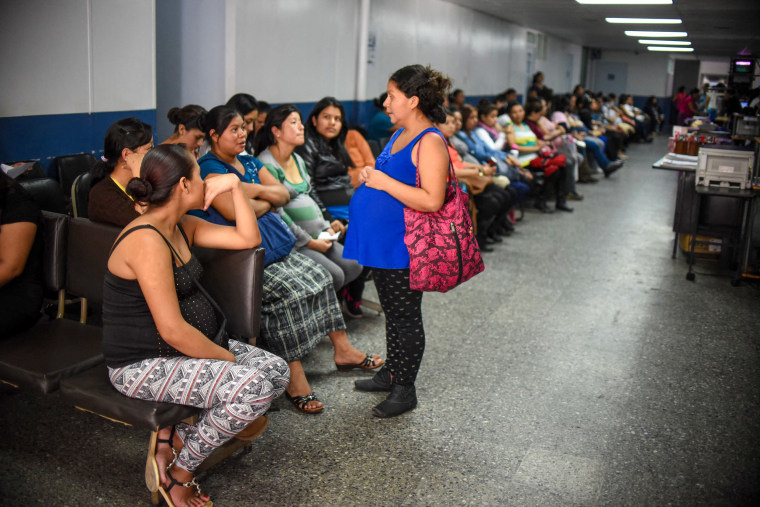
The worker who focuses on HIV efforts said that many people living with HIV cannot afford to wait.
“The most essential thing is, if someone is living with HIV, they’re on medication daily, medication for life. They have to be able to get those medications from their clinic,” the worker said of the paused services. “To do that, USAID needs to be able to get the medication to the country and then get them from the port to the clinics.”
In response to a question about the implications for women and girls amid the upheaval at USAID, Anna Kelly, the White House deputy press secretary, said in a statement to NBC News that there is “no greater advocate” for women than Trump.
“President Trump is ensuring that taxpayer-funded programs at USAID align with the national interests of the United States,” Kelly said. “He will cut programs that do not align with the agenda that the American people gave him a mandate in November to implement and keep programs that put America First.”
Prior to the temporary restraining order, the organization was expected to be reduced to hundreds from the more than 5,000 foreign service officers, civil servants and personal service contractors it currently employs, according to two sources familiar with the plans.
Elon Musk, the Trump-appointed head of the new Department of Government Efficiency, took aim at USAID, describing it as a “criminal organization.” He has promoted conspiracy theories that have alleged the agency’s programs were masking biowarfare research, or that its funding is funneled into the pockets of an elite few who control the world.
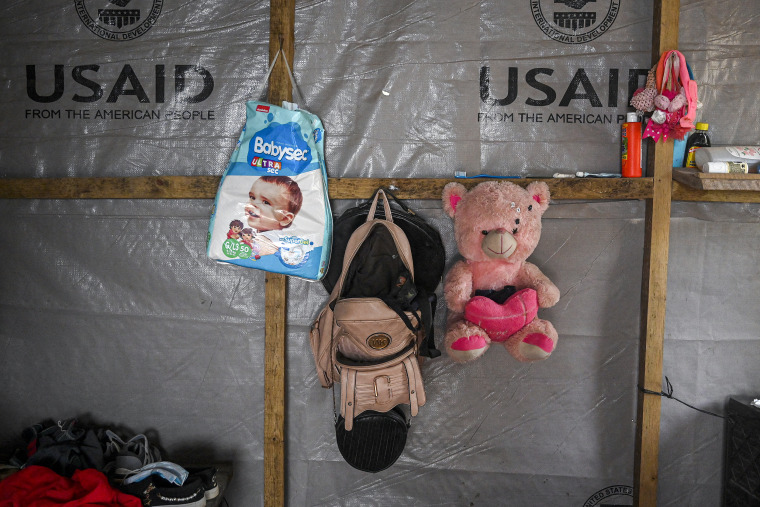
Critics have long argued that the organization’s results are difficult to quantify, the agency has provided little foreign aid transparency, and that it is an example of wasteful spending. However, advocates say the agency is a critical lifeline, providing often dire resources for childbirth, malaria prevention and education among other issues, where women and girls are most at risk. The AIDS and HIV initiative PEPFAR, which is implemented by USAID, is estimated to have saved over 25 million lives since it was established in 2003, for example. And it does so rather “efficiently,” advocates argue, as it accounts for an estimated less than 1% of the federal budget.
Women and girls three times more likely than men and boys to contract HIV in Africa
In sub-Saharan Africa, for example, where USAID oversees services including HIV prevention and treatment, girls and women ages 15 to 24 are three times more likely to contract the virus than boys and men of the same age. Without sustained work, these gender gaps could only deepen, many workers fear.
The USAID worker who specializes in HIV-related efforts said that although waivers have been processed and many programs will resume in Malawi next week, the waivers fail to account for prevention services. This means the critical pre-exposure prophylaxis medication treatment, condom services, or any behavioral or educational programs still won’t be up and running.
“Education, economic strengthening are some of the most important factors in reducing young women and girls’ susceptibility to HIV,” she said. “Those are not covered under the waiver. Those are definitely not happening now.”
Concern over malaria, specifically, as rainy season begins
Anne Linn, a senior community health adviser at the USAID-led President’s Malaria Initiative who was laid off amid the agency’s upheaval, said that as contractors were let go and direct hires were put on leave, “essentially all malaria work stopped right then.” This has prompted anxiety and concern as the rainy season approaches in some regions, as countries haven’t had time to develop a backup plan and pregnant women desperately need care, she said.
Linn said that her initiative gets nets, medication and more to clinics and facilities. Without their work, these facilities will likely run out of supplies, which is particularly concerning in areas like the Democratic Republic of the Congo, where the initiative covers much of the region. According to the Centers for Disease Control and Prevention, pregnant women are three times more likely to develop severe disease than nonpregnant women who acquire malaria in the same geographic area.
“Imagine, a woman going to her clinic and was expecting to get a net because she’s pregnant — if it’s a net provided with USAID funding, then that’s not happening,” Linn said of clinics that risk running out of supplies.
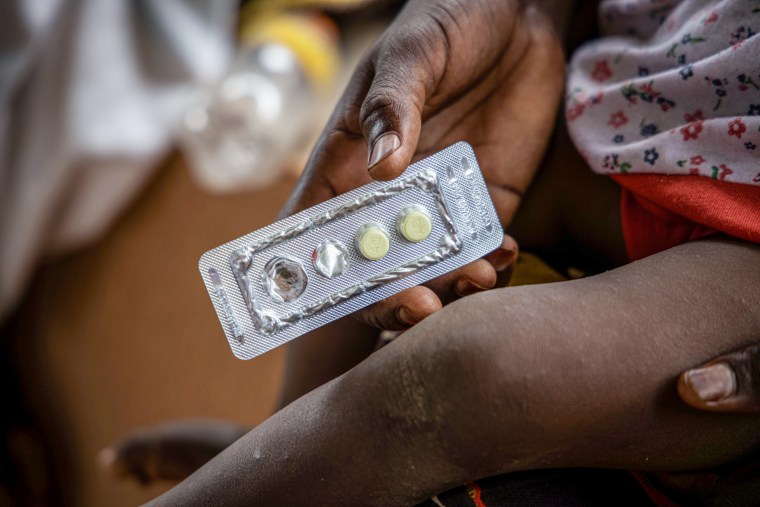
Rose Zulliger, who also works on the PMI as a senior malaria technical adviser, said the initiative’s work spans 27 sub-Saharan African countries, along with three programs in the Mekong subregion of Asia. It’s been involved in preventive treatments for 5 million pregnant women in a given year. And last year it provided preventive seasonal antimalarial drugs to 14 million children. Now, time-sensitive measures like spraying homes with insecticide, which is usually slated to begin before the rainy seasons, have been knocked off course. In Uganda, for example, the National Malaria Control Program has paused spraying insecticide, program head Dr. Jimmy Opigo said.
“A pregnant woman or a mother with her young child who is sick is going to arrive at health facilities and they are not going to get appropriately tested, they are not going to get treated,” Zulliger said of some clinics across sub-Saharan Africa.
The widening gender gap threatens to have major geopolitical implications, said a former USAID official, who requested anonymity for fear of retaliation. In West Africa, for example, terrorist activity has been increasing for some time while the region has simultaneously had some of the lowest rates of contraceptive use and highest rates of maternal mortality. The combination of population growth and instability will only contribute to these terrorist threats, she said.
“Now, pulling USAID resources out of that region means that there is going to be both fewer, less support for the peace builders at community levels who are trying to help push back against instability and terrorist threat in their communities,” the former official said.
And these issues ultimately impact Americans domestically, she said.
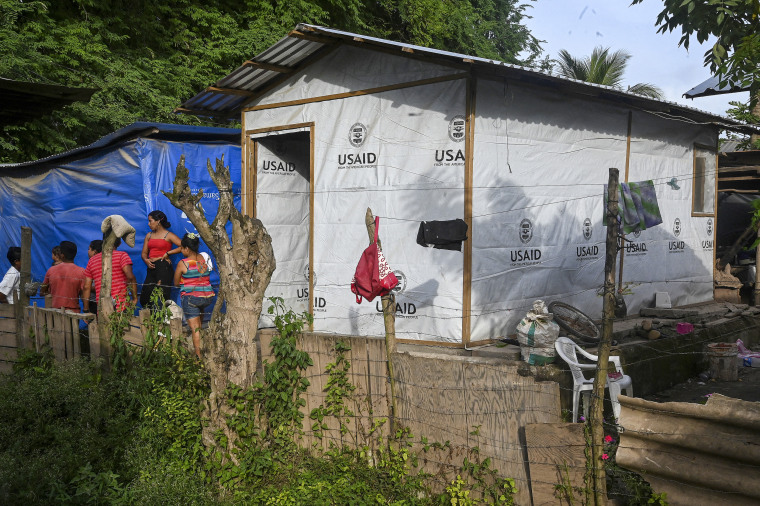
“When women and girls do not have equal rights, do not have the opportunities to go to school, to access health care, to go to work, their societies are worse off for it,” the official said. “Their societies are less healthy, they’re less prosperous. … That contributes to greater risk of disease outbreaks that will come and potentially spread around the world, including to the United States.”
But amid the rapidly changing developments across the federal government, Linn said it’s still critical to keep advocating for these services.
“We still can act,” she said. “It’s not too late.”
We’re looking to hear from federal government workers. If you’re willing to talk with us, please email us at tips@nbcuni.com or contact us through one of these methods.
 Latest World Breaking News Online News Portal
Latest World Breaking News Online News Portal


